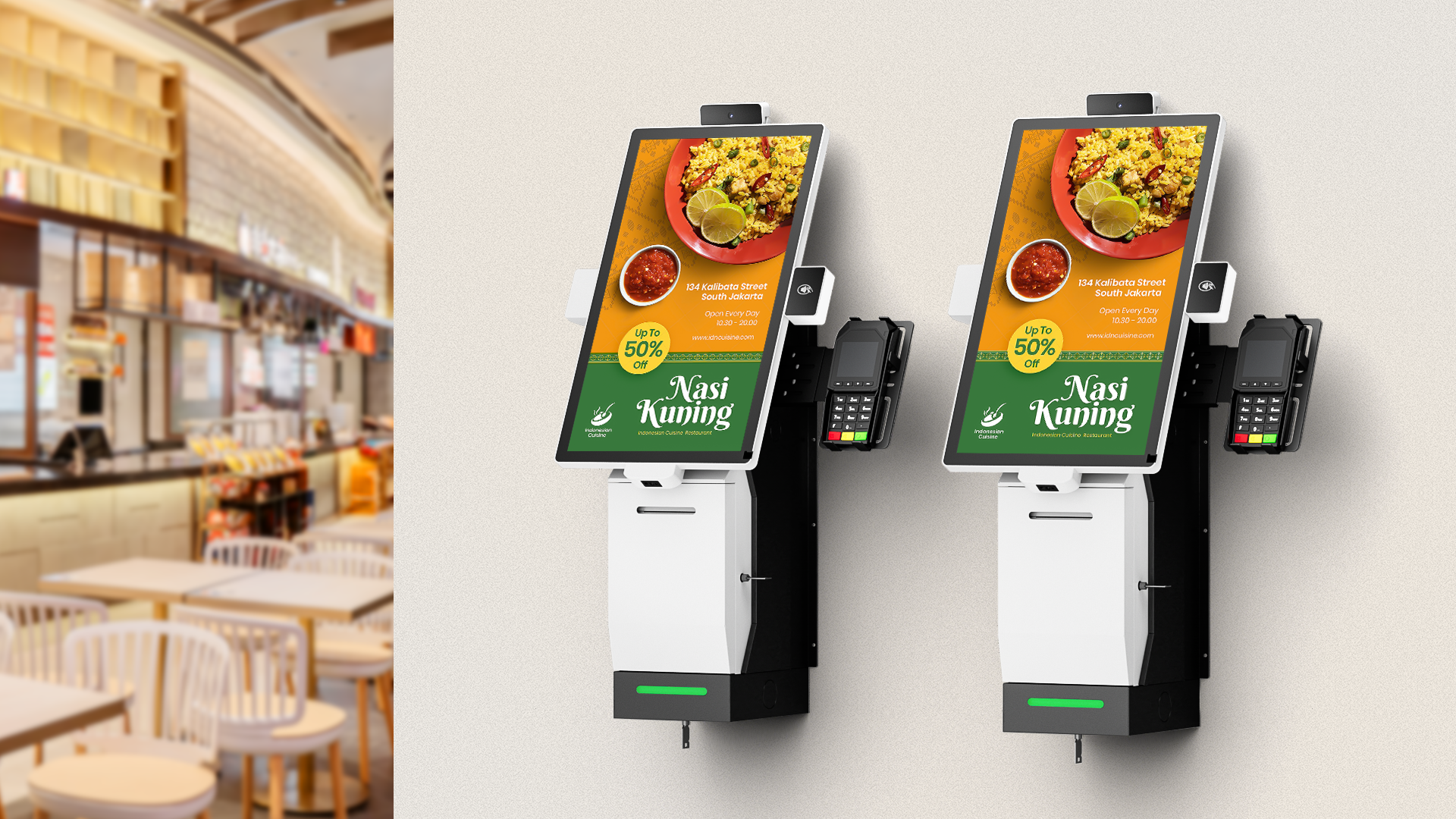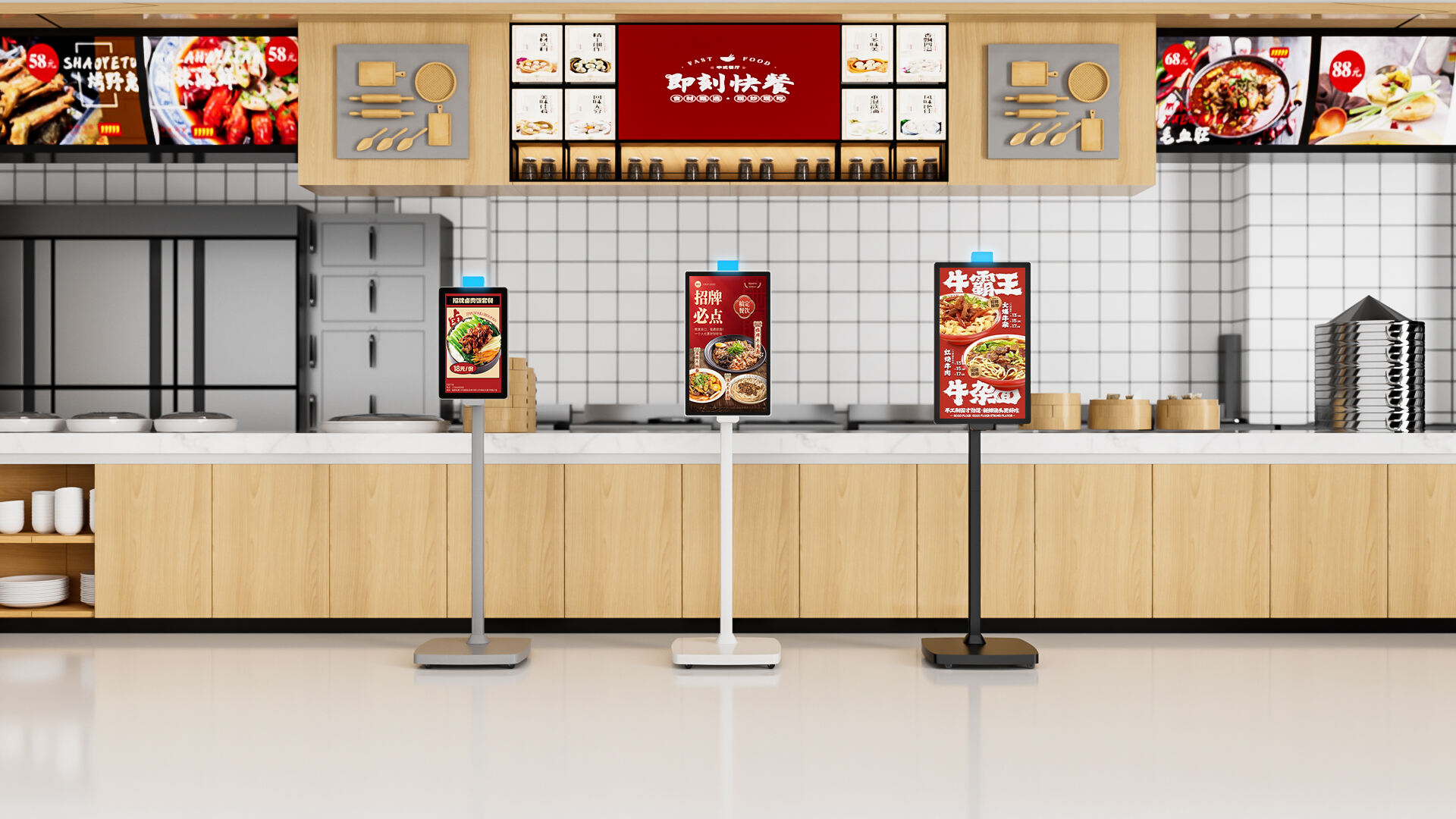
In today's dynamic retail environment, digital signage has revolutionized how brands communicate with consumers. These vibrant, dynamic displays are transforming traditional shopping spaces into interactive experiences that captivate and persuade customers. The strategic placement of digital signage throughout retail environments creates multiple touchpoints that guide customers through their buying journey, subtly influencing their purchase decisions through a combination of compelling visuals, timely information, and targeted messaging.
Modern consumers are increasingly responsive to digital interactions, making digital signage a powerful tool for retailers seeking to enhance their in-store experience. The technology's ability to deliver real-time, personalized content has made it an indispensable part of contemporary retail strategy, driving engagement and sales in ways traditional static displays never could.
Digital signage captivates audiences through motion and vibrancy, creating memorable impressions that static displays simply cannot match. When customers encounter dynamic digital content, their attention span increases significantly, leading to better recall of product information and promotional messages. Research shows that digital displays capture 400% more views than static displays, demonstrating their superior ability to break through the noise of traditional advertising.
The human brain processes visual information 60,000 times faster than text, making digital signage an incredibly efficient medium for communicating product benefits and promotional offers. By leveraging this biological preference for visual content, retailers can create lasting impressions that influence future purchasing decisions.
Modern digital signage solutions incorporate sophisticated targeting capabilities that allow retailers to display different content based on various factors including time of day, current weather, or even customer demographics. This level of personalization ensures that displayed content remains relevant to the viewing audience, significantly increasing the likelihood of conversion.
By analyzing foot traffic patterns and purchase data, retailers can optimize their digital signage content strategy to display specific products or promotions when they're most likely to resonate with shoppers. This dynamic approach to content delivery maximizes the impact of each display and helps drive informed purchasing decisions.

The effectiveness of digital signage heavily depends on strategic placement within the retail environment. High-traffic areas, point-of-purchase locations, and natural waiting points present prime opportunities for engaging customers with digital content. Careful consideration of viewing angles, screen height, and ambient lighting ensures optimal visibility and impact.
Retailers must also consider the customer journey when positioning digital displays. Placing screens at key decision-making points throughout the store can help guide customers toward specific products or departments, effectively influencing their path to purchase.
Successful digital signage campaigns rely on well-crafted content that balances attention-grabbing visuals with clear, compelling messages. The content must be easily digestible while maintaining brand consistency and professional appearance. Animation and motion graphics should enhance rather than distract from the core message.
Effective messaging strategies often incorporate a mix of promotional content, product information, and branded entertainment. This varied approach keeps viewers engaged while subtly reinforcing brand messages and product benefits, creating a more persuasive shopping environment.
Modern digital signage systems come equipped with sophisticated analytics tools that provide valuable insights into content performance and viewer engagement. Retailers can track metrics such as viewing time, interaction rates, and conversion impact, allowing them to refine their content strategy for maximum effectiveness.
By correlating digital signage activity with sales data, businesses can quantify the direct impact of their displays on purchasing behavior. This data-driven approach enables continuous optimization of content and placement strategies to maximize return on investment.
The digital signage landscape continues to evolve with advancing technology. Retailers must stay current with emerging trends and capabilities to maintain competitive advantage. Interactive features, augmented reality integration, and artificial intelligence-driven content optimization represent the next frontier in digital signage innovation.
Successful retailers regularly update their digital signage strategy to incorporate new technologies and changing consumer preferences. This adaptability ensures their digital displays remain effective tools for influencing buying decisions in an ever-changing retail environment.
Digital signage offers dynamic content capabilities, real-time updates, and enhanced visual engagement that static displays cannot match. The ability to display motion graphics, update content instantly, and adapt to viewer demographics makes digital signage significantly more impactful in influencing consumer behavior.
While results can vary by industry and implementation, many retailers report noticeable improvements in customer engagement within the first few weeks of deployment. Significant impacts on sales metrics typically become apparent within three to six months of proper implementation and content optimization.
High-performing digital signage content typically includes a mix of promotional messages, product demonstrations, lifestyle imagery, and dynamic pricing updates. Content that combines compelling visuals with clear calls-to-action and relevant information tends to generate the strongest response from viewers.

Copyright © 2025 Shenzhen YJCen Technology CO.,Ltd. All rights reserved. - Privacy policy